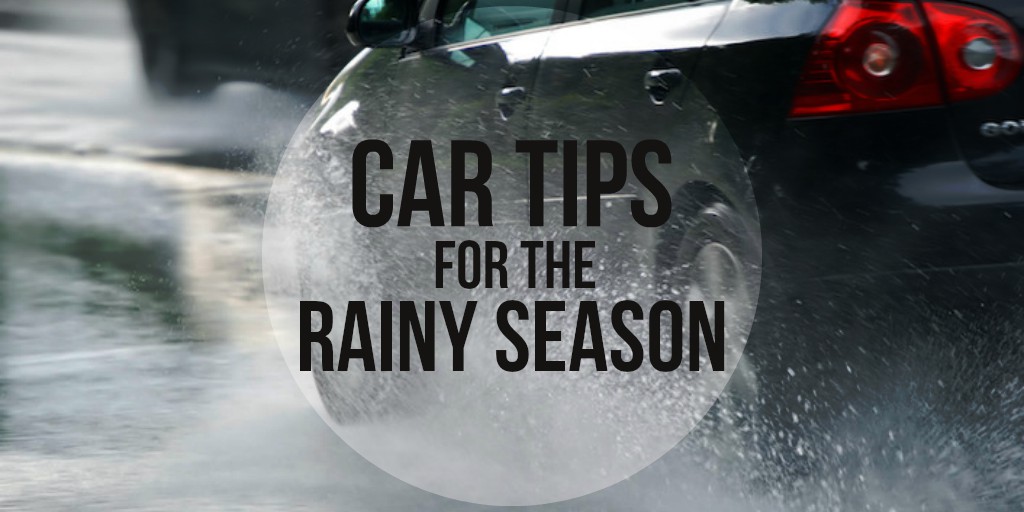July is the starting month of the rainy season here in our country. If you have a Toyota Vios in the Philippines always make sure it’s always in good condition, especially during the rainy days. It’s important to be very aware of your car’s current state and make sure there are no parts that need replacing before you experience some heavy downpour on the roads. Read up on some useful guides for your car in such occurrences.
Maintenance
Every car owner has to maintain all the parts of their car, both externally and internally. Car owners should think of their cars as their own children, something that constantly needs to be taken care of. Be very observant when you’re driving – if you feel, see, or hear something wrong, make sure to have it checked. Even if it’s a minor problem, do something about it immediately! You may need to replace the parts, and trust us, you wouldn’t want your car to suddenly stall in a bad weather!
Check
Here are some of the most important things you need to check to ensure quality car performance:
Wipers
Both windshield wipers at the front and back should be cleaned out and the metal body of the wiper should not have rust. You should never hear weird or uncomfortable noise from the wipers.
Wheels
These should never be neglected – have it checked on a quarterly basis. It is strongly discouraged to run flat tires, ones with low air, or bad tires. The alignment of your wheels should also be checked to make sure that you are in full control of the car’s movements.
Battery
A dead car due to a ran-out battery is certainly one of the most stressful experiences any driver could have on a regular day – what more if you’re on the highway and it’s raining! Always ensure that the battery is still enough to last for several more months.
Lights
There are usually 9 lights on your car: the tail lights, signal lights, and reverse or park lights where each one comes in pairs. Make sure that each one still lights up!
Brakes
Last but definitely not least are the brakes. You always have to be in control of your car, so check whether the friction material, the thickness of the brake discs, and the brake fluid are all intact.
Replace
Once you were able to check all that was mentioned before, it’s time to know whether you have to replace them. Go to your trusted car shop or manufacturer if you need to replace a few parts already. Check if your car is still covered by the insurance so you can save money.
In case of emergencies
Should you encounter any trouble or flood while driving, here are a few tips that may help.
Turn off Air-conditioning
Completely turn off the air-conditioning of your car as you pass through a flooded area, as this might damage the interiors and engine if the air conditioning sucks water instead of air from the outside.
Transmission
This depends on whether you’re driving a manual or automatic car. If you’re driving a manual, ride the clutch pedal. This helps prevent the car from stalling. If you’re driving an automatic automobile, just shift it to 1 setting or low so the water would not be able to enter the exhaust pipe.
Ignition
Same with transmission, but do not turn it on at all cost to save the electrical system of your car.
The rainfall the monsoon brings may definitely be risky and unpredictable, so remember all these tips to keep both you and your car. Stay safe and dry!

